Related Research Articles
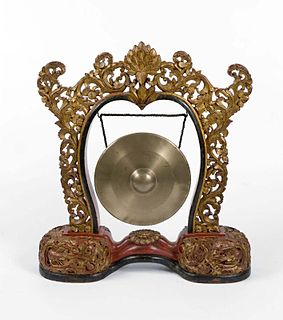
A gong is a percussion instrument originating in East Asia and Southeast Asia. Gongs are a flat, circular metal disc that is typically struck with a mallet. They can be small or large in size, and tuned or untuned.
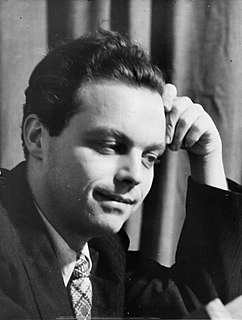
Lou Silver Harrison was an American composer, music critic, music theorist, painter, and creator of unique musical instruments. Harrison initially wrote in a dissonant, ultramodernist style similar to his former teacher and contemporary, Henry Cowell, but later moved toward incorporating elements of non-Western cultures into his work. Notable examples include a number of pieces written for Javanese style gamelan instruments, inspired after studying with noted gamelan musician Kanjeng Notoprojo in Indonesia. Harrison would create his own musical ensembles and instruments with his partner, William Colvig, who are now both considered founders of the American gamelan movement and world music; along with composers Harry Partch and Claude Vivier, and ethnomusicologist Colin McPhee.
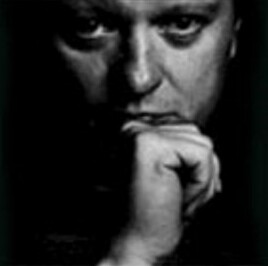
Philippe Manoury is a French composer.
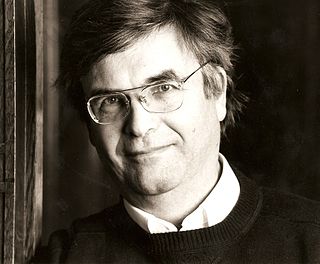
Gilles Tremblay, was a Canadian composer from Quebec.

The Sonata for Two Pianos and Percussion, Sz. 110, BB 115, is a musical piece written by Hungarian composer Béla Bartók in 1937. The sonata was premiered by Bartók and his second wife, Ditta Pásztory-Bartók, with the percussionists Fritz Schiesser and Philipp Rühlig at the International Society for Contemporary Music (ISCM) anniversary concert of 16 January 1938 in Basel, Switzerland, where it received enthusiastic reviews. Bartók and his wife also played the piano parts for the American premiere which took place in New York City's Town Hall in 1940, with the percussionists Saul Goodman and Henry Deneke. It has since become one of Bartók's most performed works.
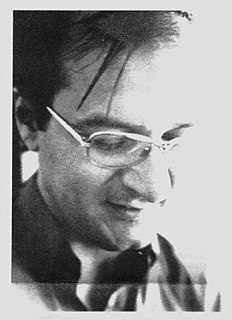
Claude Vivier was a Canadian contemporary composer, pianist, poet and ethnomusicologist of Québécois origin. After studying with Karlheinz Stockhausen in Cologne, Vivier became an innovative member of the "German Feedback" movement, a subset of what is now known as spectral music. He was also among the first composers in either Europe or the Americas to integrate elements of Balinese music and gamelan in his compositions, alongside Lou Harrison, John Cage and fellow Quebecker Colin McPhee.
La Transfiguration de Notre Seigneur Jésus-Christ is a work written between 1965 and 1969 by Olivier Messiaen. It is based on the account found in the synoptic gospels of Jesus' transfiguration. The writing is on a very large scale; the work requires around 200 performers. The forces required include a mixed choir, seven instrumental soloists and a large orchestra; only being surpassed by his opera Saint François d'Assise.
The Sacrifice is an opera in three acts composed by James MacMillan with a libretto by the poet Michael Symmons Roberts based on the Branwen story of the Welsh mythology collection, the Mabinogion. The world premiere took place on 22 September 2007 at the Donald Gordon Theatre of the Wales Millennium Centre, Cardiff. The production was staged by Welsh National Opera, directed by Katie Mitchell and conducted by the composer.
Siddhartha is an orchestral suite by Canadian composer Claude Vivier, which was completed in 1976.
Shiraz is a virtuosic piano piece by Claude Vivier, written in 1977. It is named after the eponymous Iranian city, and contains a flurry of interlocking rhythmic combinations and pulses at great speed. Vivier was inspired to write the piece after listening to blind singers perform in the city's market square. He wrote in the piece's program notes how he found Shiraz to be, "a pearl of a city, a diamond vigorously cut."
Trois airs pour un opéra imaginaire is a 1982 chamber piece for small orchestra and soprano by Claude Vivier.

Orion is a 1979 orchestral suite by Claude Vivier, inspired by the constellation of the same name. It is among the first compositions in Vivier's catalogue to delve into a unique compositional style he referred to as the jeux de couleurs. A typical performance lasts around thirteen minutes.
Wo bist du Licht! is a 1981 piece for mixed orchestra, mezzo-soprano and tape by Canadian composer Claude Vivier.
Kopernikus is a 1979 opera in two acts by Canadian composer Claude Vivier, inspired by the astronomer of the same name. It is the only opera of three that Vivier completed prior to his death in 1983. A typical performance lasts around seventy minutes.
Pianoforte is a 1975 piano piece by Canadian composer Claude Vivier.
Canadian composer Claude Vivier's Pièces are a series of four chamber compositions for two performers, with varying instrumentation. They were all written in the year of 1975.

Zipangu is a 1980 work for string orchestra by Canadian composer Claude Vivier. Inspired by traditional kabuki theatre, it is considered by many to be the composer's most aggressive and "unforgiving" piece, as it features a plethora of extended techniques for strings and denser harmonic content atop a complex melody, similar to the string compositions of Krzysztof Penderecki. A typical performance lasts around sixteen minutes.
Bouchara is a 1981 work for mixed chamber ensemble by Canadian composer Claude Vivier.
Canadian composer Claude Vivier (1948–83) wrote four extant pieces for the tape recorder, in the musique concrète tradition established by French composer Pierre Schaeffer in the 1940s. Multiple other pieces from his career include the tape machine being used as an additional instrument to various ensembles. The majority of these compositions were a result of Vivier studying with Gottfried Michael Koenig at the Institute for Sonology in Utrecht.
Glaubst du an die Unsterblichkeit der Seele? is an unfinished 1983 chamber piece by Canadian composer Claude Vivier. It is one of his most famous compositions, as the libretto is claimed by some to have predicted the composer's own murder in March of the same year. The piece was left incomplete and unrevised with just three short movements, a typical performance lasting around eight minutes.
References
Citations
- 1 2 Lankenau et al. (2012), p. 39.
- ↑ Gilmore (2014), p. 295.
- 1 2 Lankenau et al. (2012), p. 23.
- 1 2 Gilmore (2014), p. 297.
- ↑ Gilmore (2014), p. 296.
Sources
- Gilmore, Bob (2014). Claude Vivier: A Composer's Life. University of Rochester Press. ISBN 978-1-58046-841-1.
- Lankenau, Steven; Chan, Trudy; Gewirtz, Eric (2012). Vivier Works: Claude Vivier (PDF). Boosey and Hawkes.